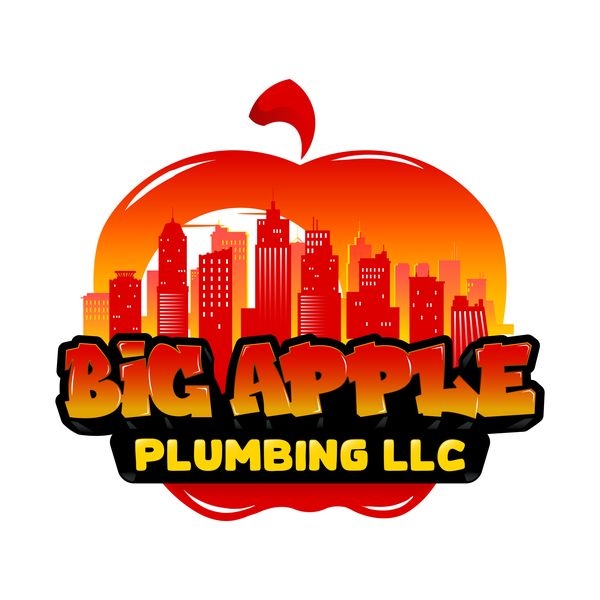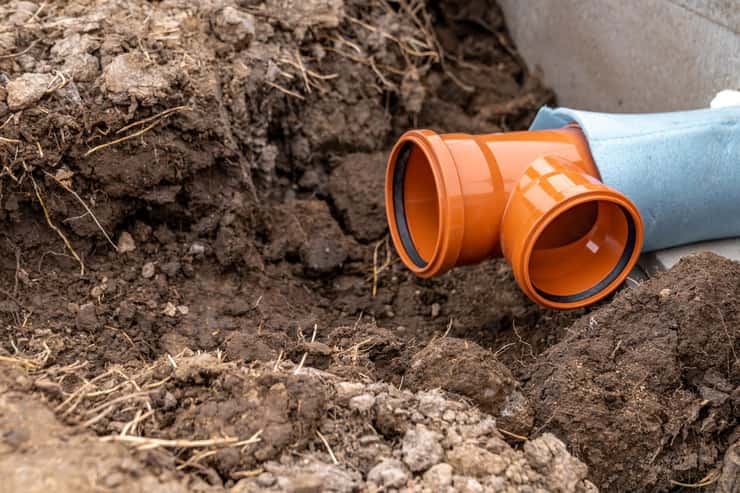Untangling the complexity of sewer line damage is essential for every homeowner or property manager. But it often gets neglected until serious problems emerge. This comprehensive guide, “Common Causes of Sewer Line Damage and How to Avoid Them,” explores the common sources of sewer line deterioration. If you continue the reading, you will learn about various reasons for the degradation and when to seek professional sewer line repair services.
However, you will also see effective preventive measures to protect your sanitation system. It will help in avoiding costly repairs later. So, get the vital information and strategies everyone needs to maintain the sewer lines. Let’s explore further in-depth what this entails!
Understanding Sewer Line Damage
Before delving into potential solutions for sewer line damage, it’s crucial to understand exactly what it entails. Damage in sewer line refers to any disruption or defect within your sewage system that hinders proper waste and wastewater drainage from your property. It encompasses a wide range, including minor leaks and severe blockages that may require extensive repairs.
Check Out Some Most Common Reasons Behind Sewer Line Damage
Tree Root Infiltration
Tree root infiltration is a significant cause of broken sewer line. As trees mature, their roots search for moisture sources like your sewer lines – where they often find them! Their roots often find entry through pipe cracks as they search for sources. It leads to blockage of sewage flow and follows to blockages or even complete pipe collapse over time.
SOLUTION
Regular sewer line inspections can help detect issues on time and prevent them from escalating into major problems. It is important to exercise caution when planting trees and shrubs with aggressive root systems near sewer lines. If roots have already infiltrated, professional intervention may be necessary to extract and repair the damage caused to your sewer lines by tree roots.
Aging and Corrosion
Over time, sewer lines deteriorate, including clay or cast iron pipes manufactured before 1980. These pipes can become fragile and susceptible to cracking when exposed to UV rays. Additionally, the natural corrosion process further weakens them, making them more vulnerable to sewer line damage.
SOLUTION
Commit to regular maintenance and inspections. Consider upgrading old, deteriorated pipes with more corrosion-resistant PVC materials, longer lifecycles, and corrosion-proof protection features. A professional plumber can check the state of your pipes and advise when a replacement may be necessary.
Ground Movement and Weather Changes
Shifts in the ground caused by weather fluctuations, earthquakes, or nearby construction can subtly damage sewer lines, leading to pipe misalignments, cracks, or even collapse. It should be treated in a timely manner to avoid bigger issues in the future.
SOLUTION
Although natural phenomena cannot always be predicted or controlled, you can take steps to prepare for them. In earthquake-prone regions, use flexible pipe materials that can withstand ground movement. When planning construction near your sewer lines, ensure the team understands the location of your sewer lines to minimize potential damages.
Flushing Inappropriate Items
Flushing non-degradable items such as diapers, wipes, and feminine products that do not easily degrade is often the cause of sewer line damage. Clogs resulting from such non-biodegradable waste can create strain or blockages within the sewer line, causing serious disruption and obstructions to services that need to be provided to users.
SOLUTION
Only flush human waste and toilet paper down your toilets. Other items, including flushable wipes, should be disposed of in the garbage. Implementing this rule can greatly help in preventing sewer line clogs. It is important for all of us to adhere to this practice and teach our family members to follow it as well.
Pouring Grease Down Drains
Pouring grease or fat down your drains can be the cause of sewer line damage. Although it may initially flow smoothly, it hardens on contact with pipe walls when it cools, leading to blockages or complete obstructions. Removing it from the inner surface of the pipes can be challenging. Over time, it can create significant blockage problems.
SOLUTION
To prevent damaging sewer line , avoid pouring grease, fats, and oils into your drains. Instead, pour them into a sealable container before disposing of them in the trash. If grease has already entered the system, you can try clearing it by using hot water with dish soap, as it helps break down fats and unblock drains.
Conclusion
Being aware of the causes of sewer line damage empowers homeowners to take proactive measures to prevent it. Regular maintenance, wise landscaping choices, and responsible waste disposal practices can help keep your sewer lines functioning optimally.
Additionally, regular inspections can identify potential issues before they escalate into costly and inconvenient catastrophes. If you require professional plumbing assistance, don’t hesitate to reach out to Big Apple Plumbing And Heating. We are here to help you restore the efficiency of your sewage system.



